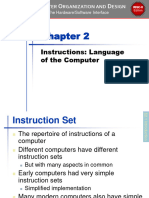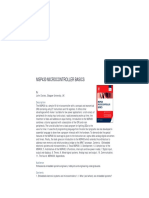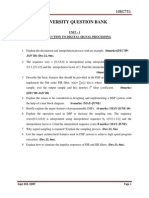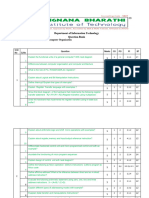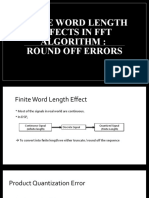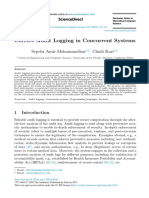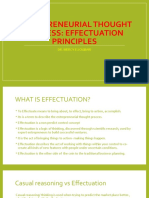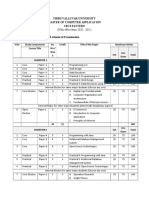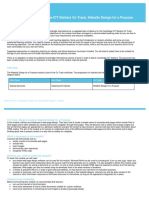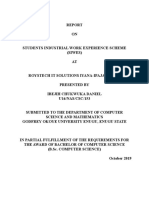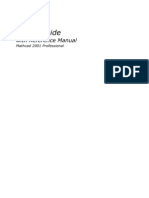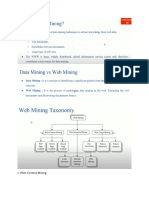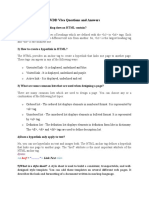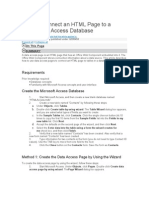0% found this document useful (0 votes)
243 views53 pagesLecture 8 - Auditing
This document discusses the concept of auditing in computer security, detailing its importance in detecting security violations and analyzing system logs. It outlines the structure of an auditing system, which includes components like the Logger, Analyzer, and Notifier, and emphasizes the design considerations for effective auditing. The document also highlights the differences between application and system logging, as well as the challenges related to log sanitization and reconstruction.
Uploaded by
David BanjoCopyright
© © All Rights Reserved
We take content rights seriously. If you suspect this is your content, claim it here.
Available Formats
Download as PPTX, PDF, TXT or read online on Scribd
0% found this document useful (0 votes)
243 views53 pagesLecture 8 - Auditing
This document discusses the concept of auditing in computer security, detailing its importance in detecting security violations and analyzing system logs. It outlines the structure of an auditing system, which includes components like the Logger, Analyzer, and Notifier, and emphasizes the design considerations for effective auditing. The document also highlights the differences between application and system logging, as well as the challenges related to log sanitization and reconstruction.
Uploaded by
David BanjoCopyright
© © All Rights Reserved
We take content rights seriously. If you suspect this is your content, claim it here.
Available Formats
Download as PPTX, PDF, TXT or read online on Scribd
/ 53














